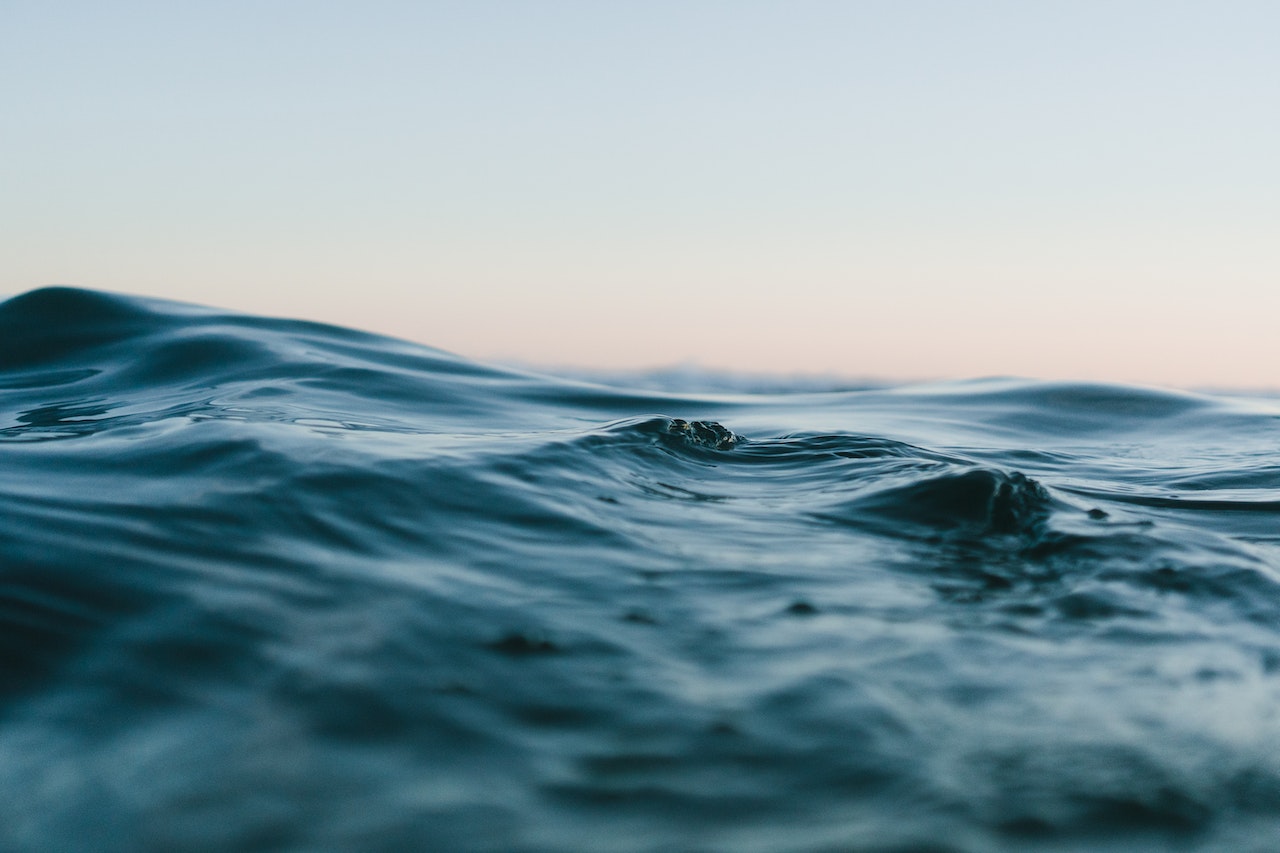Noticias
-
Boletim Clima Junho/2025
-
Instalações do IPMA em Algés
-
Workshop Modelos Estatísticos
Divulgação
Palestra - “The Importance of Marine Protected Areas and Place-Based Science and Management in a Changing Climate in the United States”.
Data: 2013-05-31 02:00 PM
Orador/Formador: Robert J. Brock
Local: IPMA Algês Lisboa
Contacto email:
Contacto telefónico: 214770000
At 11,351,000 km2, the United States of America (USA) possesses the largest Exclusive Economic Zone (EEZ) in the world. Although coastal counties represent only 17% of the contiguous land area, half of the USA’s 313 million people live within this area. Millions more visit the coast in search of recreational and business activities. Overfishing, pollution, and coastal development have all placed a significant stress on the USA’s natural and cultural marine resources. It is anticipated that new and existing demands for energy exploration and development, commercial shipping, recreational boating, aquaculture, and coastal development are expected to continue to increase in the future. Competing interests and differing views about which activities should occur and where may further stress the marine ecosystem. Climate change is expected to only add to these stressors. How much disturbance and stress can an ecosystem absorb before important changes (both ecological and socio-economic) to ecosystem services are experienced? Changes in the historical abundance and distribution of species brought about by a changing climate are now being seen and certainly can be followed by a negative ecological and socio-economic response.
The USA recognizes that maintaining sustainable use of coastal and marine activities with ever-increasing demand under a changing climate can represent an extremely complex and often controversial challenge. Successfully understanding the social and ecological response of marine ecosystems to climate and non-climate stressors are necessary in order to be able to design and implement effective management actions that reduces or eliminates negative impacts (e.g., the concept of increasing resilience). With this in mind, the USA is very interested in implementing MPA’s and MPA networks and assessing the role they can play in protecting key ecological functions, services and resources in a changing climate. In partnership with the International Council for the Exploration of the Sea and the Commission for Environmental Cooperation, the USA, Canada and Mexico have worked together to characterize many of the important living marine resource groups of North America and have developed Scientific Guidelines for Designing Resilient Marine Protected Area Networks in a Changing Climate.
This presentation will highlight and discuss the rationale and examples of where MPA’s and other place-based regulations have been implemented, with a special interest in how resilient MPA networks may help marine systems that may be impacted by climate change, and assess their success in fulfilling the intended goals of the area.
Dr. Robert J. Brock is a Marine Biologist at the U.S. National Oceanic and Atmospheric Administration (NOAA) National Marine Protected Areas Center in Silver Spring, Maryland, USA. Robert has worked in various positions within the United States Government for his entire career. Robert holds a Bachelor of Science in Marine Ecology from Florida International University (Miami), Master of Science in Marine Biology from the Nova Southeast University Oceanographic Center (Dania Beach, FL) and a Ph.D. in Aquatic Ecology from the University of Florida.




